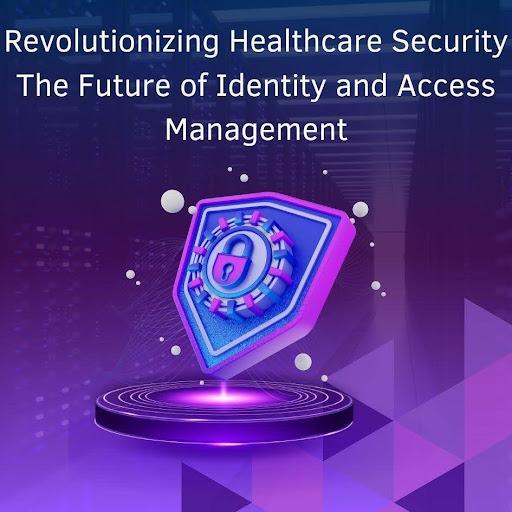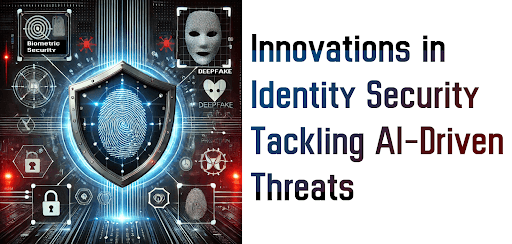In a time when cyber threats are evolving at an alarming pace, safeguarding sensitive healthcare data has become a top priority. Sushant Chowdhary, a researcher and cybersecurity expert, delves deep into the innovative strategies reshaping identity and access management (IAM) within healthcare systems. His latest work explores advanced authentication methods, artificial intelligence-driven threat detection, and the integration of cutting-edge encryption techniques to counter rising cybersecurity risks.
Beyond Traditional Authentication: The Next Step in Security
The conventional methods of multi-factor authentication (MFA) are proving insufficient in preventing unauthorized access. As attackers exploit vulnerabilities in authentication chains, healthcare organizations are moving toward context-aware authentication. This approach adapts to clinical urgency, ensuring seamless access for medical professionals without compromising security. Advanced authentication models incorporating biometric verification and behavioral analytics are reducing security incidents by over 89%, signaling a shift toward dynamic, patient-centered cybersecurity.
Privileged Access Management: A Delicate Balance
Healthcare organizations house vast amounts of sensitive data, making privileged access management (PAM) crucial. Traditional security measures often create bottlenecks during emergencies, leading to delays in patient care. To counteract this, organizations are implementing Just-in-Time privilege access, minimizing the duration of elevated access. Meanwhile, artificial intelligence-powered monitoring systems detect anomalies in real-time, preventing privilege escalation attacks that typically go undetected for months.
Role-Based Access Control: A Flexible Approach to Security
While role-based access control (RBAC) has been effective in reducing unauthorized access, the rigid structure often clashes with the dynamic nature of clinical workflows. Innovations in RBAC are now introducing dynamic role allocation, where system permissions adapt based on real-time clinical needs. This shift reduces access conflicts while ensuring that critical medical personnel can respond swiftly in emergencies.
The Zero Trust Model: Eliminating Implicit Trust
Zero Trust Architecture (ZTA) is gaining traction in healthcare, reinforcing the principle of “never trust, always verify.” Unlike traditional perimeter-based security models, ZTA continuously verifies the identity and intent of users before granting access. The adoption of this model has led to an 85% reduction in unauthorized access attempts, highlighting its effectiveness in protecting sensitive healthcare networks.
AI-Driven Behavioral Analytics: The Key to Proactive Defense
Behavioral analytics is emerging as a game-changer in cybersecurity. By continuously analyzing user activity, artificial intelligence can detect subtle deviations from normal behavior, alerting security teams to potential threats before they materialize. This predictive approach is transforming security monitoring from a reactive process to a proactive defense mechanism, significantly reducing breach detection times.
Advanced Encryption: Securing Data at Every Level
Encryption remains a cornerstone of healthcare security, but emerging threats are challenging existing cryptographic standards. Organizations are now integrating quantum-resistant encryption to safeguard patient data from future cyber risks. Additionally, secure credential storage solutions are mitigating the risks associated with credential theft, ensuring that access remains strictly limited to authorized personnel.
Compliance and Continuous Monitoring: The Final Line of Defense
Regulatory compliance in healthcare is crucial for security integrity, but static checks fall short against evolving threats. Continuous compliance monitoring enhances adaptability by using automated auditing systems to detect non-compliance in real time. These systems provide instant remediation strategies, ensuring ongoing alignment with security standards. This proactive approach mitigates risks, strengthens data protection, and upholds regulatory adherence efficiently.
In conclusion, Sushant Chowdhary emphasizes that as cyber threats grow in sophistication, healthcare organizations must continuously evolve their security strategies. The integration of AI-driven authentication, dynamic access control, and robust encryption is redefining the security landscape. By embracing these innovations, healthcare institutions can strike a balance between data protection and seamless medical care. The future of healthcare security depends on adaptive security intelligence, ensuring a safer and more resilient healthcare ecosystem for both patients and providers.







